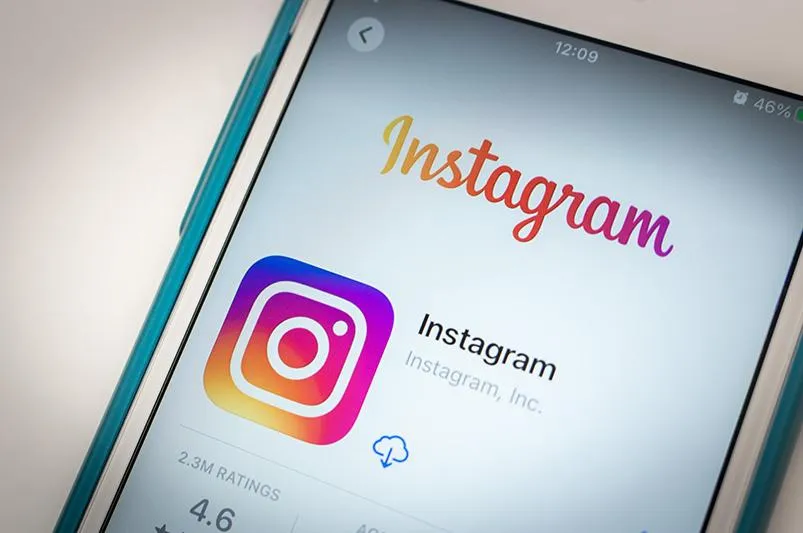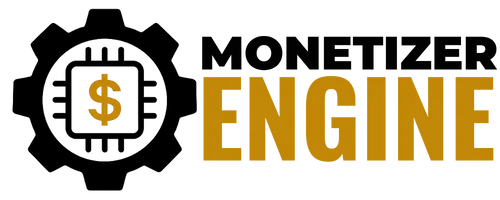
Creative Testing OS for Paid Social: Hooks, UGC & Iterations
Many businesses pour money into paid social campaigns only to see results flatten after the first wave of ads. The issue isn’t budget—it’s the lack of a structured system for creative testing. Without a process, ads become stale, audiences disengage, and Customer Acquisition Cost (CAC) climbs.
Enter the Creative Testing Operating System (OS). This systematic approach to paid social creative testing helps marketers transform ad production into a cycle of learning, iteration, and performance gains. From briefs to message matrices to UGC-driven ads, a Creative Testing OS ensures your campaigns don’t just run—they scale profitably.
Section 1: Building a Creative Testing OS
What Is a Creative Testing OS?
A Creative Testing OS is a structured process for producing, testing, and analyzing ad creatives. Instead of relying on random inspiration, you use frameworks and cadence to discover what actually drives lower CAC.
Core Components:
Creative briefs to align teams
Message matrices for consistency
Iteration cycles guided by metrics
Weekly rollups for learning and scaling
Section 2: The Role of Creative Briefs
Creative briefs provide clarity and focus before a single pixel is designed. They outline:
Campaign objectives
Target audience profiles
Strategic messaging angles
Desired outcomes
Example: A startup launching Facebook ads for a new subscription box can use a creative brief to define key benefits, tone of voice, and psychological triggers—ensuring every ad variation aligns with strategy.
Action Tip: Create a standardized brief template. Consistency here speeds production and avoids creative “guesswork.”
Section 3: Message Matrices for Systematic Consistency
A message matrix acts like a blueprint. It organizes variations of hooks, benefits, and emotional triggers across different creative formats.
Practical Use:
Create spreadsheet columns for each messaging type (e.g., emotional appeal, feature-focused, testimonial-driven).
Test combinations systematically instead of randomly.
Quickly identify top-performing angles for scaling.
Benefit: You ensure messaging stays on-brand while still giving enough variety to discover winners.
Section 4: The UGC Ads Framework and Hook Rate Optimization
Why UGC Works
UGC (User-Generated Content) builds trust through authenticity. Real customers showcasing products are often more persuasive than polished ads.
Scenario: A beauty brand runs tutorial videos from actual customers. These outperform studio ads because they highlight real-world use and relatability.
Hook Rate: The Critical First Seconds
The “hook” determines whether a viewer watches or scrolls. High hook rates directly correlate with thumb-stop rates, CTR, and ultimately lower CPC.
Tips for Hook Rate Optimization:
Lead with bold claims or questions.
Highlight a core benefit immediately.
Use vibrant visuals that tell a story in seconds.
Framework: Always test multiple hooks per ad. Even small changes in the opening seconds can dramatically shift performance.
Section 5: Key Metrics That Matter
Tracking the right metrics ensures your testing OS drives toward revenue outcomes—not vanity stats.
Critical Paid Social Metrics:
Thumb-Stop Rate: Measures how well your hook grabs attention.
CPC (Cost Per Click): Indicates hook and message efficiency.
CAC (Cost Per Acquisition): The ultimate measure of campaign profitability.
LTV (Lifetime Value): Reveals long-term return by cohort.
Case Study: An e-commerce brand optimized thumbnails and hooks on TikTok ads, boosting thumb-stop rates by 20%. This single tweak lowered CPC and improved down-funnel CAC.
Section 6: Iterative Testing and Cadence
Creative testing isn’t a one-time project—it’s an ongoing cycle.
Best Practices:
Test in short cycles (weekly preferred).
Change one variable at a time (e.g., headline, image, or hook).
Parallel test multiple variations to accelerate learnings.
Roll insights into a central tracker for future scaling.
Outcome: Small, consistent creative tweaks compound into major CAC reductions over time.
Section 7: Tools to Support Your Creative Testing OS
Creative Brief Template: Keeps teams aligned.
Message Matrix Spreadsheet: Ensures systematic testing.
Creative Testing Tracker: Logs ad variations and performance metrics.
These tools keep your system running smoothly and prevent wasted ad spend.
Conclusion: Creativity Meets Systems for Scalable Growth
Winning on paid social isn’t about throwing money at more ads. It’s about systematizing creativity. By building a Creative Testing OS, leveraging UGC ads frameworks, and optimizing hooks, you create a repeatable cycle that keeps CAC trending downward while scaling ROI.
Ready to lower CAC and scale your paid social campaigns?
MonetizerEngine helps businesses build Creative Testing OS frameworks that transform ad performance into a predictable, scalable growth engine.
Book Your Free Paid Social Audit with MonetizerEngine Today
Creative Testing Toolkit: Lowering CAC with Hooks, UGC, and Iterations
“Stop Guessing. Start Systematic Creative Testing.”
This toolkit includes templates and trackers to make creative testing easier and more effective. Whether you’re launching your first paid social campaign or scaling to millions in ad spend, this guide helps you structure testing to continuously improve results.
Includes:
Creative brief template
Message matrix worksheet
Creative testing tracker
Download Your Free Creative Testing Toolkit
FAQs
Q1: What is paid social creative testing?
A1: It’s the process of systematically testing ad variations to improve performance metrics like CPC, CAC, and engagement.
Q2: How does a message matrix improve testing?
A2: A message matrix organizes hooks, benefits, and emotional appeals into structured variations for consistent testing.
Q3: Why are UGC ads effective?
A3: UGC ads are authentic, relatable, and often outperform polished creatives by building audience trust.
Q4: What is hook rate optimization?
A4: Hook rate optimization focuses on improving the opening seconds of an ad to boost thumb-stop rates and engagement.
Q5: How often should creative testing cycles run?
A5: Weekly testing cycles are ideal to keep ads fresh, quickly identify winners, and adapt to changing audience preferences.

